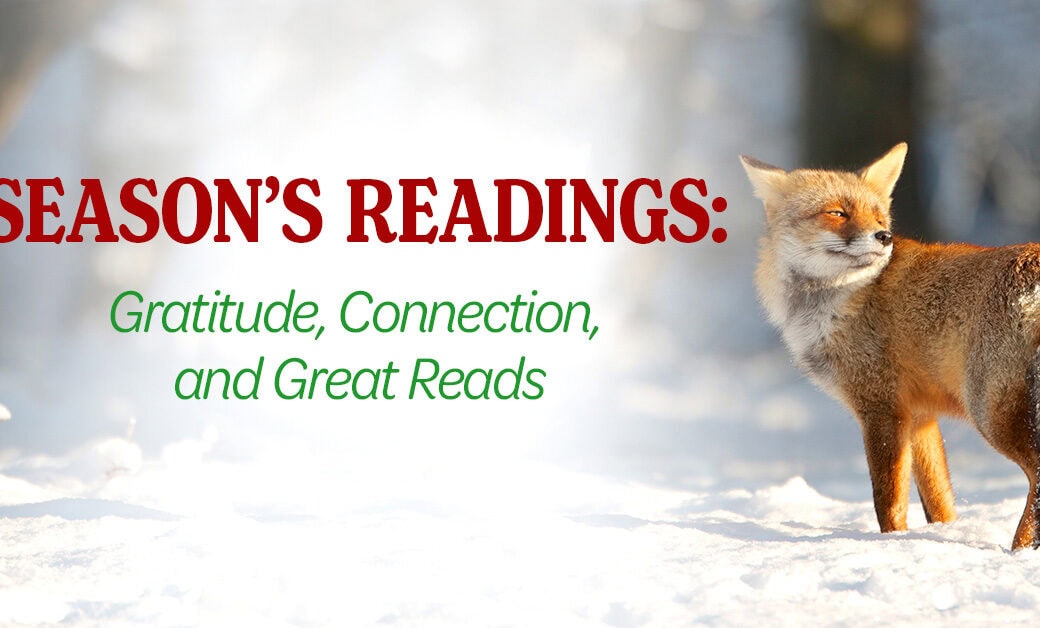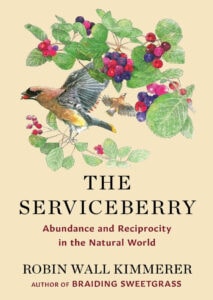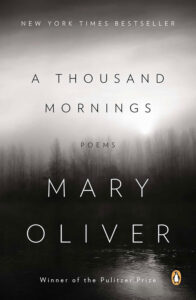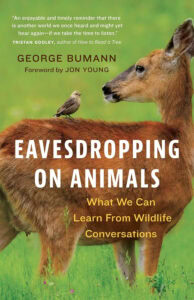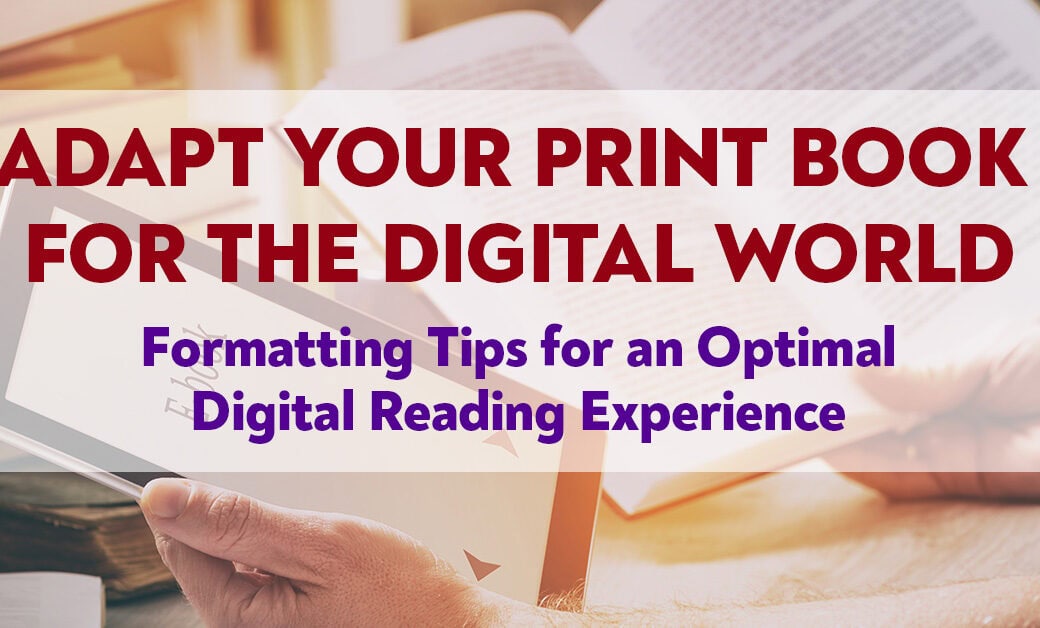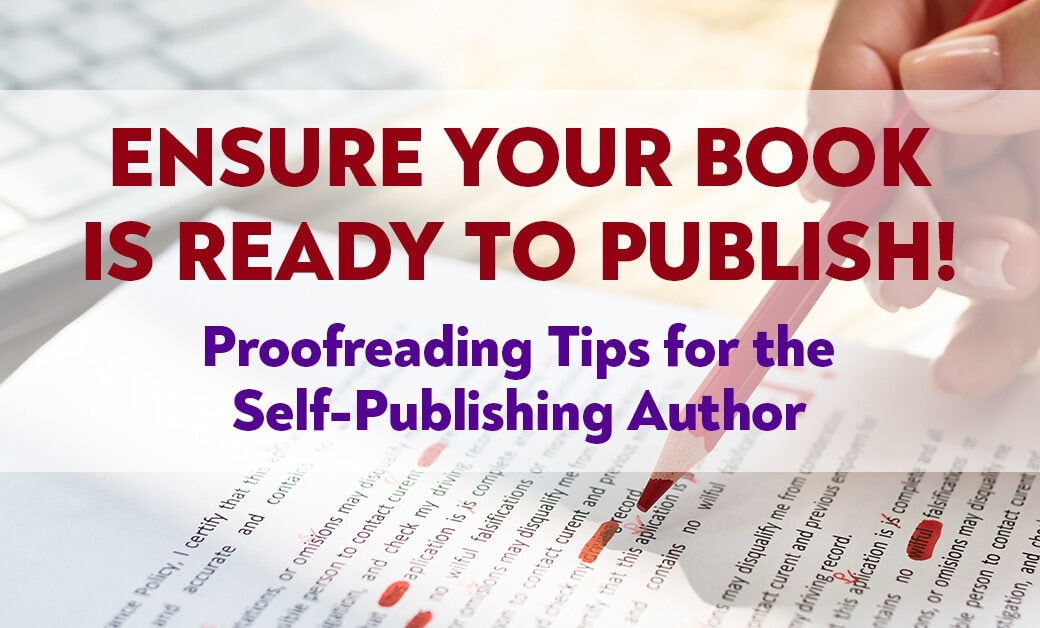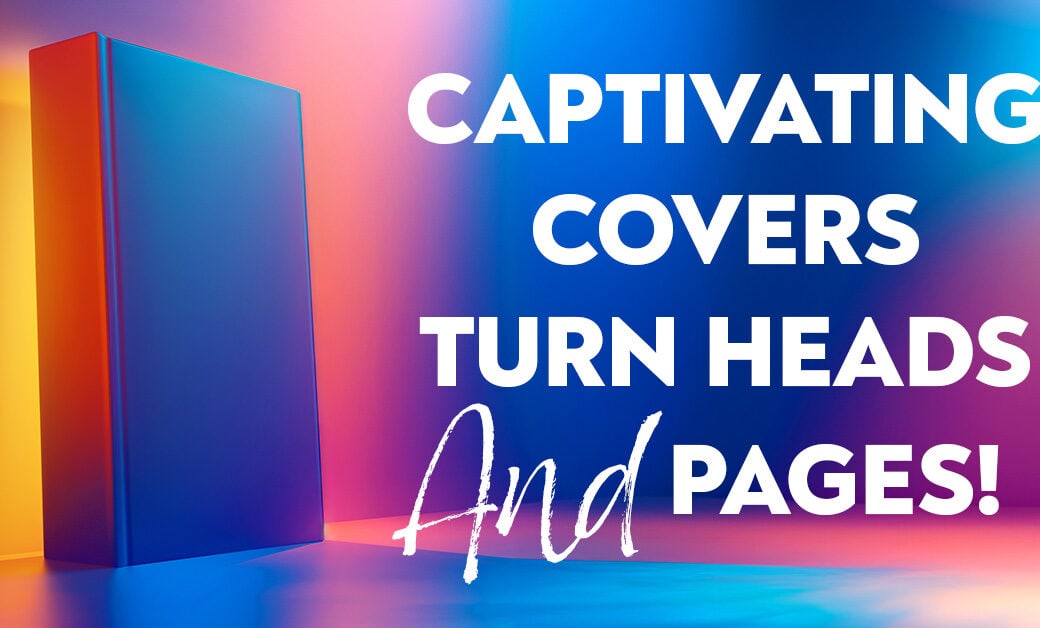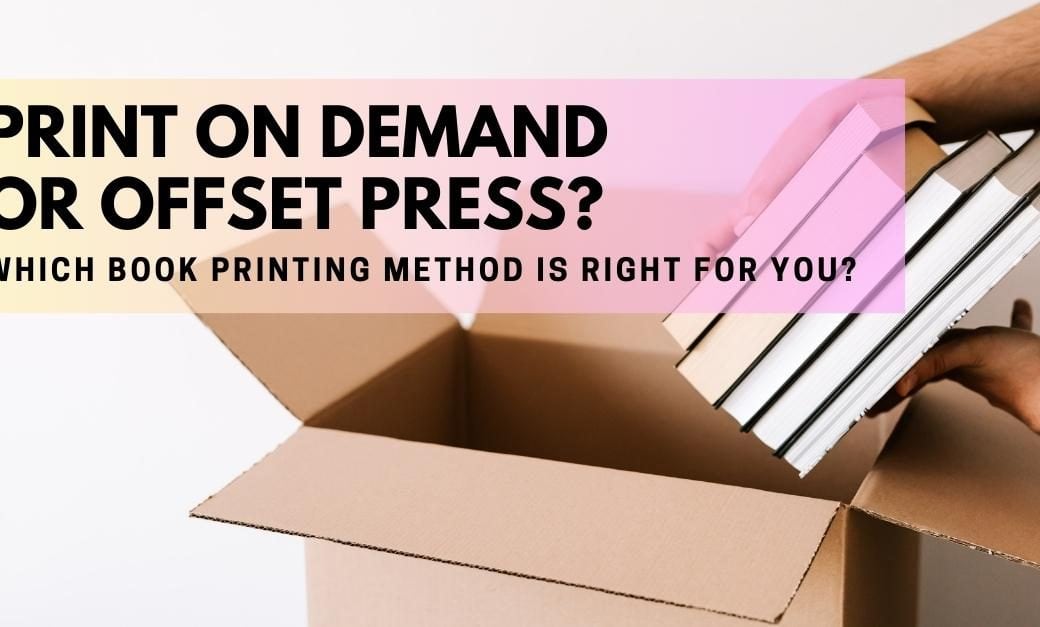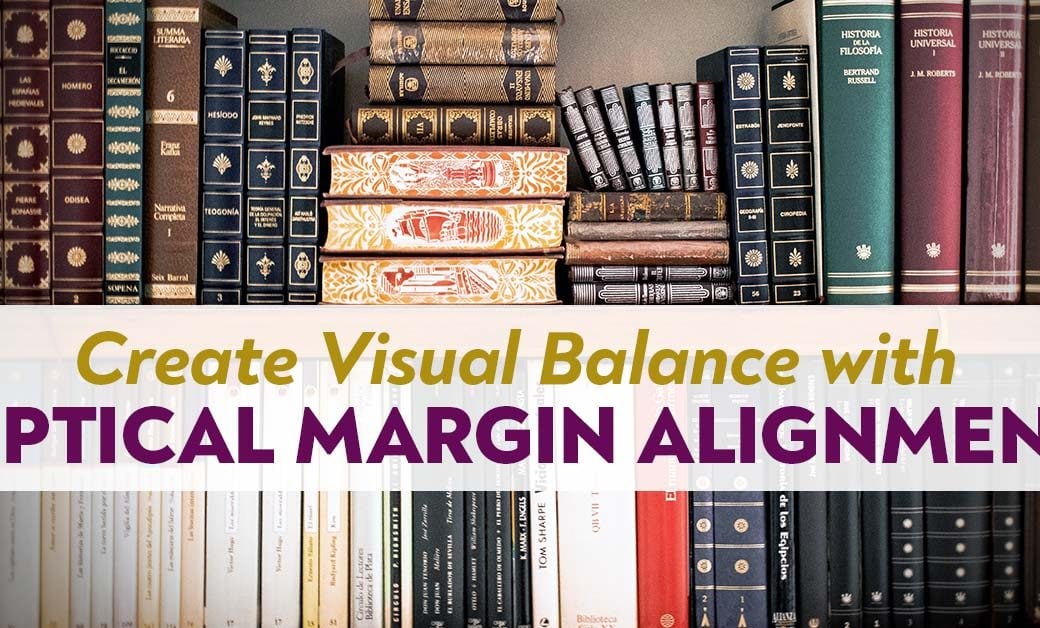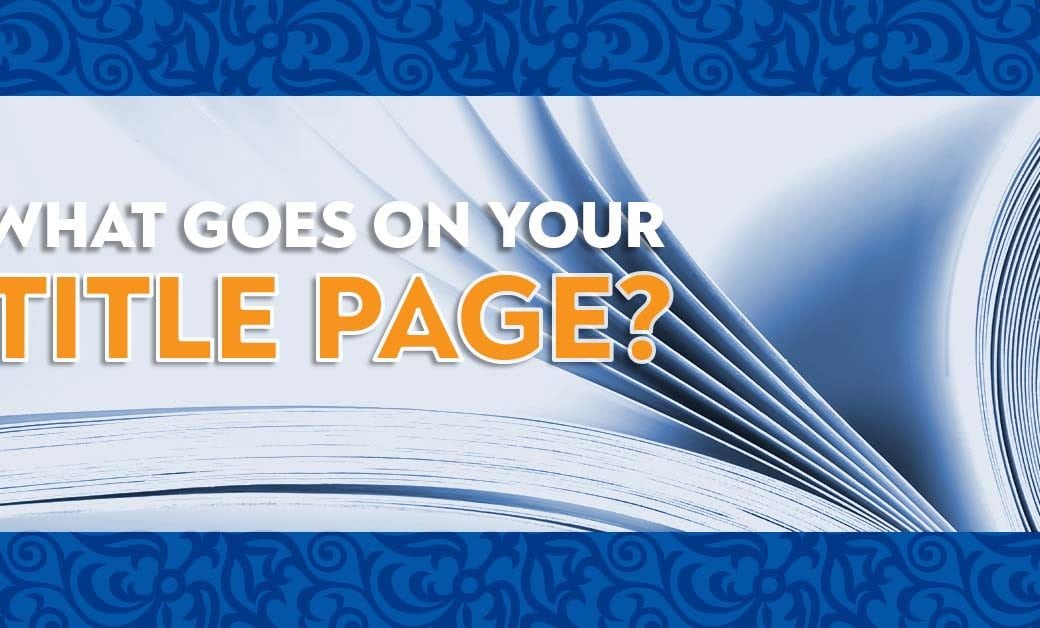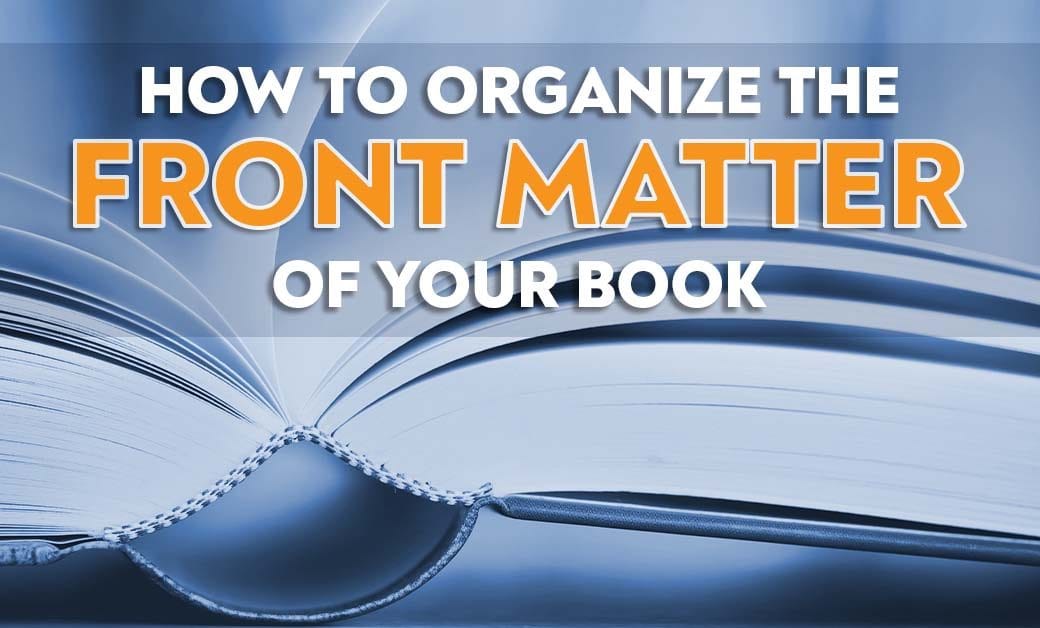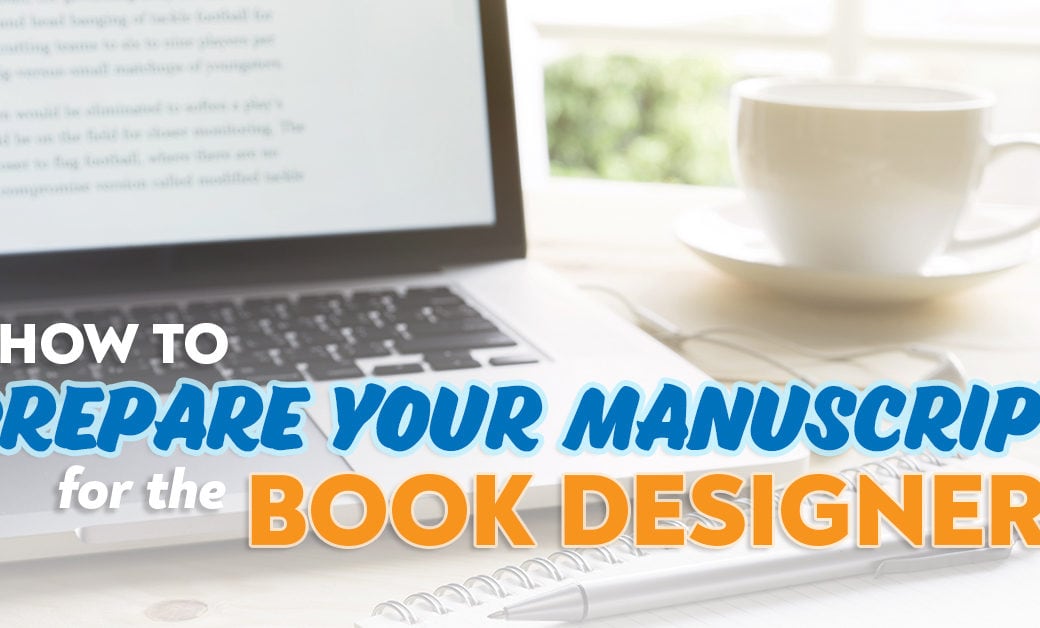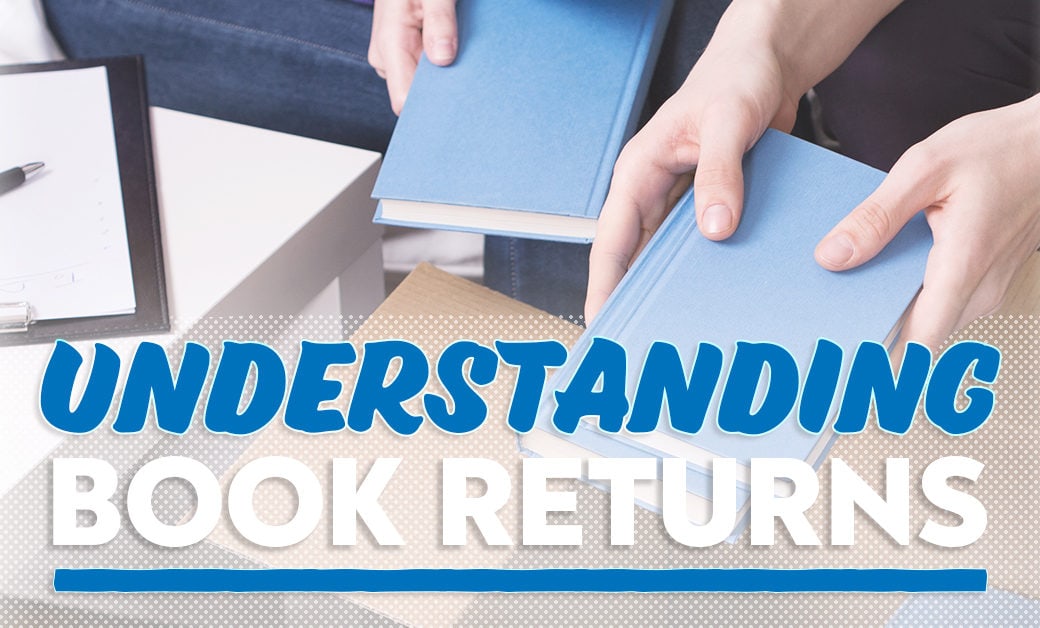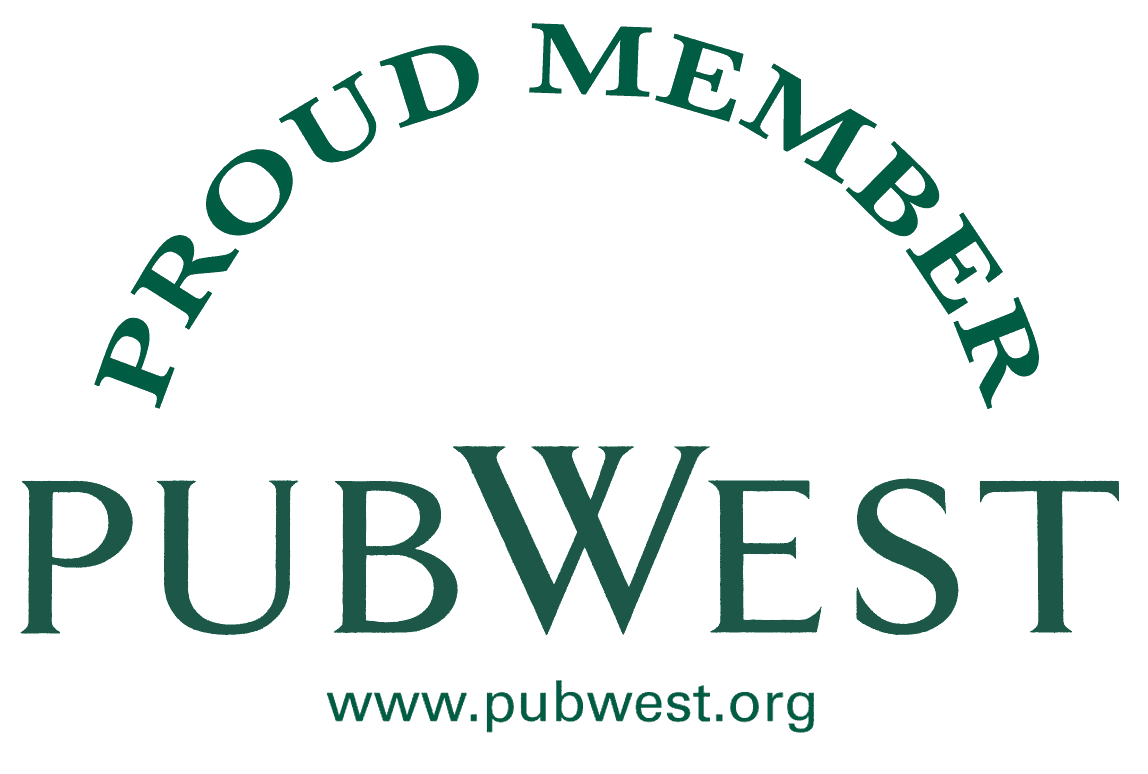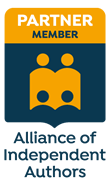Season’s Readings: A Holiday Gift of Gratitude and Great Books
- by admin
As the holiday season arrives and the year winds down, I want to take a moment to express my gratitude. To those I’ve had the privilege of working with this year, thank you for trusting me with your stories and allowing me to play a role in bringing them to life. To everyone who visits this blog or follows along with my work, thank you for your interest and support—it means so much.
To share a little inspiration this holiday season, I’ve put together a collection of book recommendations. Each one is a meaningful read that has provided enrichment throughout my year. Whether you’re looking for something special for yourself or a thoughtful gift for a loved one, these books are sure to bring depth and delight to the season.
The Serviceberry
by Robin Wall Kimmerer
One of my favorite authors, Kimmerer also wrote the highly acclaimed Braiding Sweetgrass (consider this a bonus recommendation!). In The Serviceberry, she speaks of embracing a gift economy and offers a framework for embodying care, reciprocity, and gratitude for the Earth. It's a beautiful, nourishing book that encourages us to reconnect with and step into the gift of the living, breathing, wild world around us.
A Thousand Mornings: Poems
by Mary Oliver
This small but profound collection of poems is perfect for savoring one verse at a time, perhaps with your morning coffee. Mary Oliver’s crystalline simplicity and deep reflections on nature offer a quiet yet powerful way to start the day. Her mastery of words is unparalleled, weaving together her observations of the wild world and the human heart in ways that linger long after you’ve turned the page.
Eavesdropping on Animals: What We Can Learn From Wildlife Conversations
by George Bumann
I had the privilege of meeting George during a workshop in Yellowstone National Park, where he shared his deep knowledge and infectious enthusiasm for the natural world. He’s incredibly knowledgeable, engaging, and funny, with a remarkable talent for replicating animal sounds that brings the natural world vividly to life. His new book captures his expertise and humor, and is a doorway into the more-than-human conversations taking place in the wild all around us. This book is an excellent choice for anyone ready to reawaken their ability to listen, understand, and learn from nature.

A Yellowstone day drawing to a spectacular close.
Each of these books holds something quite special, and I hope they bring you as much insight and joy as they’ve brought me. I want to mention that I wasn’t paid or incentivized to share these recommendations—they’re simply books I love and feel are worth sharing.
I’d love to hear from you: what books have inspired or delighted you this year? Send me an email to share your favorites—I’m always on the lookout for new recommendations!
Wishing you a holiday season filled with peace and connection, and a new year filled with creativity and possibility.
P.S. If you enjoy content like this, be sure to subscribe to my newsletter for more book design tips, recommendations, and updates!
Want More Tips for Your Self-Publishing Journey?
My newsletter is packed with helpful advice on book formatting, design, and digital publishing. It’s your personal resource for making your book stand out!
Help for Independent Presses
Book Design & Production
Have you written a nonfiction or fiction manuscript? After it has been professionally edited, I can design the interior pages and cover, plus guide you through the maze of book publishing and printing. To get started, contact me to discuss your project and my helpful guide for authors.
Adapt Your Print Book for the Digital World: Smart Tips for eBook Formatting
- by admin
A couple of weeks ago, I found myself exploring the banks of the Clark Fork River captivated by the scene unfolding at the water’s edge. The vibrant plant life was thriving in that transitional moment between fall and winter, adapting effortlessly with grand flair to these ever evolving seasonal shifts—much like stories, which can take on new forms while still preserving their beauty and essence.
Adaptability is one of the most remarkable qualities of a story—it can shape itself to fit any medium, from a beautifully printed hardcover to the screen of an e-reader. But embracing this adaptability often means rethinking how your book works in its new digital form.
When formatting an ebook, it’s essential to prioritize user experience. While it might feel tempting to replicate your print book exactly, digital reading comes with unique challenges. Wide elements like tables and charts, for example, often don’t translate well to smaller screens. Instead, consider reworking them into simpler, reflowable formats that are easy to read and interact with. This isn’t a compromise—it’s an opportunity to enhance how readers engage with your content.

6 ways to Elevate Your eBook Design
- Start with Essentials Up Front
Your ebook should immediately inform readers where they are with a clear title page and concise copyright details. This ensures a polished, professional impression from the first screen. - Use a Clickable Table of Contents
An interactive ToC is a hallmark of a well-designed ebook. Readers can jump directly to chapters or sections with a tap, making their reading journey seamless and enjoyable. - Rework Wide Content
Tables, charts, and other wide elements don’t always work well on digital screens. Simplify them or break them into smaller, readable chunks. Reflowable text or images are easier for readers to navigate and keep their focus on your content, not struggling with layout issues. - Incorporate Interactive Features
Ebooks offer tools print can’t match. Add features like hyperlinks to external resources, embedded multimedia (such as audio or video), or pop-up definitions for complex terms. These elements can make your ebook more dynamic and valuable. - Refine Chapter Layouts and Enhance Readability
Begin each chapter on a new page and maintain consistent formatting for headings and subheadings. Use adequate spacing and section breaks to keep the narrative flowing. These small adjustments create a smoother and more enjoyable reading experience for your audience. - Leverage the Back Matter
The back matter is an incredible space for adding value and engaging readers: - Acknowledgments: Thank collaborators, editors, family, or supporters. This adds a personal touch.
- About the Author: Share your story and include links to your website, social media, or newsletter sign-up.
- Call-to-Action: Invite readers to leave a review, check out related books, or explore additional content.
- Sneak Peeks and Previews: Offer a teaser for your next book to entice readers to keep following your work.
- Interactive Links: Use links to drive traffic to resources, blogs, or even exclusive downloads.
Want More Tips for Your Self-Publishing Journey?
My newsletter is packed with helpful advice on book formatting, design, and digital publishing. It’s your personal resource for making your book stand out!
What’s Next?
With these steps, your ebook will not only look professional and inviting but also provide an engaging, intuitive experience for your readers. Thoughtful formatting goes beyond aesthetics—it’s a chance to enhance reader connection and open up new opportunities to share and market your work. Ready to take your ebook to the next level? Let’s talk about how I can help with adapting your print book for the digital world.
Help for Independent Presses
Book Design & Production
Have you written a nonfiction or fiction manuscript? After it has been professionally edited, I can design the interior pages and cover, plus guide you through the maze of book publishing and printing. To get started, contact me to discuss your project and my helpful guide for authors.
Proofreading Tips for Self-Publishing Authors: How to Perfect Your Manuscript Before Publishing
- by admin
I recently enjoyed some fall days on a trip to Yellowstone National Park for a workshop called Decoding the Language of Nature. Taught by expert naturalists and animal trackers Jon Young and George Bumann, it was an incredible experience—learning about, watching, and listening to wolves, coyotes, bison, pronghorn, birds, and other wild creatures all participating in a continuous flow of intricate communication. Spending time honing my eyes and ears to begin listening in reminded me of how small details shape the bigger picture—something that’s just as true for books as it is for the natural world.
After returning from this remarkable experience, I’ve been diving back into book design and working with self-publishing authors to help them bring their manuscripts to life. A recent conversation with one of my clients about the importance of proofreading sparked the idea for this blog post. I thought it might be helpful to share some essential tips for authors looking to refine their own work before publishing.
While hiring a professional proofreader is always the ideal choice for a polished final product, some authors prefer to tackle the proofreading process themselves. If that’s you, here are a few crucial tips to help catch those pesky errors and ensure your manuscript is ready for readers.

5 Proofreading Tips for Self-Publishing Authors
Practical Steps to Help You Polish Your Own Manuscript
- Take a Break
Setting your manuscript aside for a day or two before you begin proofreading is one of the most effective ways to gain fresh outlook. Coming back to your work with rested eyes allows you to spot issues you might otherwise miss. This step can make all the difference when it comes to catching errors in your own writing. - Print it Out
Reading on paper offers a new perspective. Errors, inconsistencies, and awkward formatting are often easier to catch when you’re looking at a physical page instead of a screen. Printing out your manuscript also allows you to make notes and corrections directly on the paper, which can streamline your editing process. - Use a Checklist
Proofreading without a plan can make it easy to overlook small but significant details. Create a checklist that covers common issues, such as spelling, grammar, and punctuation, as well as elements specific to your manuscript, like character name consistency or formatting. This ensures a thorough review and helps produce a more professional final product. - Read Backwards
One helpful trick for catching typos and other small errors is to read your manuscript backwards. By isolating each word, you force yourself to slow down and focus on individual elements, which makes it easier to spot mistakes. This technique helps you catch spelling errors and misplaced words that might be missed when reading normally. - Eliminate Distractions
Proofreading requires your full attention, so be sure to find a quiet space where you can focus. Minimizing distractions—whether it’s turning off notifications, setting aside dedicated time, or finding a quiet environment—will help you catch subtle errors and polish your manuscript effectively.
Want more? See Below...
Download all 10 Tips
These 5 tips will help you begin to refine your manuscript.
But there’s more to consider if you’re committed to a truly polished final draft!
To access all 10 of my proofreading tips to help you through the process, you can download the full resource here by signing up for my newsletter.
What’s Next?
Once you’ve perfected your manuscript, you’ll still have other steps to consider on your self-publishing journey, from cover and interior design to help navigating print-on-demand options and beyond. If you’d like help with any aspect of your book’s design or have questions about the self-publishing process, feel free to reach out. I work with self-publishing authors to bring their vision to life and help make the journey smoother.
Final Thoughts
Creating a professional-looking book takes attention to detail, but you don’t have to do it alone. By following these proofreading tips and signing up for my newsletter, you’ll gain access to even more resources to support you on your self-publishing journey. Together, we’ll make sure your book is ready to connect with readers around the world.
Help for Independent Presses
Book Design & Production
Have you written a nonfiction or fiction manuscript? After it has been professionally edited, I can design the interior pages and cover, plus guide you through the maze of book publishing and printing. To get started, contact me to discuss your project and my helpful guide for authors.
Capture Your Reader’s Attention with Stunning Cover Design
- by admin
Why Invest in Professional Cover Design?
A compelling cover does more than catch the eye; it speaks to the heart of your prospective readers, inviting them into the world you've created. With a blend of artistry and strategy, a well-designed cover can make your book stand out while fitting seamlessly within your genre. It's about creating a visual narrative that resonates with your audience, encouraging them to explore further.
How I Can Assist You
With my expertise, we can navigate the intricacies of cover design together. From understanding your book’s essence and target audience to selecting imagery and typography that amplifies your story I'm here to bring your vision to life and be your guide through the process to ensure your cover is not just beautiful but effective.
Here are some ways that we will collaborate on your book cover:
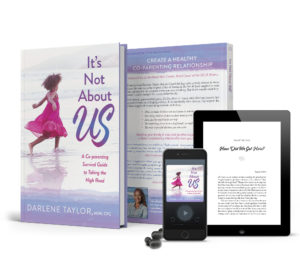 Personalized Cover Design: Your book's genre, target audience, and core message guide my design strategy. I delve into the specifics, from genre norms to the subtleties that make your book unique, crafting a cover that not only captivates but also communicates.
Personalized Cover Design: Your book's genre, target audience, and core message guide my design strategy. I delve into the specifics, from genre norms to the subtleties that make your book unique, crafting a cover that not only captivates but also communicates.
Technical Expertise: Transitioning from manuscript to print or eBook format is seamless when you work with me. I handle the complexities of file creation and formatting, ensuring your book is ready for platforms like Amazon's KDP and IngramSpark, without the technical headaches.
 Collaborative Process: Your vision is paramount. Through regular updates and open communication, I ensure that the design aligns with your expectations, incorporating your feedback and providing revisions to perfect your cover and interior layout.
Collaborative Process: Your vision is paramount. Through regular updates and open communication, I ensure that the design aligns with your expectations, incorporating your feedback and providing revisions to perfect your cover and interior layout.
Showcasing Success
Every project is a story of collaboration and creativity, resulting in covers that not only captivate but also sell. For a glimpse into the transformative power of exceptional cover design, I invite you to explore my portfolio of recent projects and discover how I've worked together with authors to elevate their visions into captivating visual stories.
Ready to Transform Your Cover?
Help for Independent Presses
Book Design & Production
Have you written a nonfiction or fiction manuscript? After it has been professionally edited, I can design the interior pages and cover, plus guide you through the maze of book publishing and printing. To get started, contact me to discuss your project and my helpful guide for authors.
Discover the Pros and Cons of Digital and Offset Printing
- by admin
Help for Independent Presses
Book Design & Production
Have you written a nonfiction or fiction manuscript? After it has been professionally edited, I can design the interior pages and cover, plus guide you through the maze of book publishing and printing. To get started, contact me to discuss your project and my helpful guide for authors.
Create Visual Balance with Optical Margin Alignment
- by admin
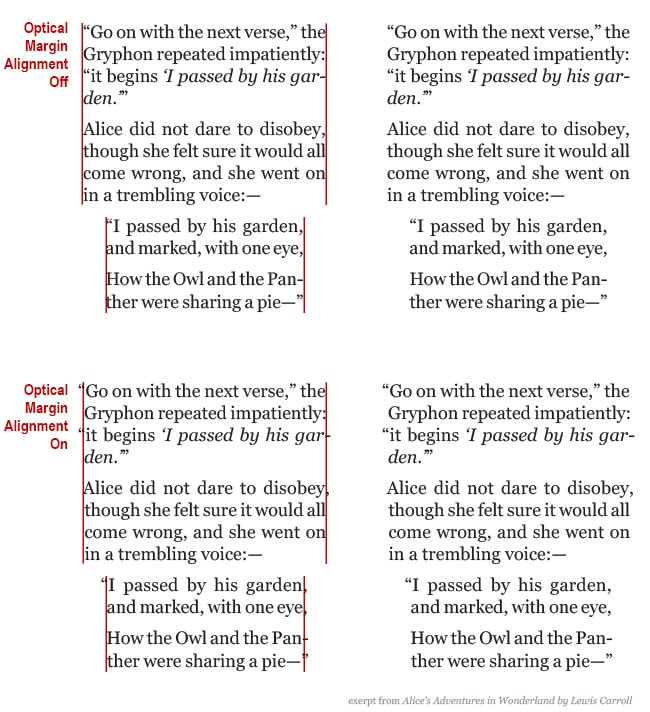
Help for Independent Presses
Book Design & Production
Have you written a nonfiction or fiction manuscript? After it has been professionally edited, I can design the interior pages and cover, plus guide you through the maze of book publishing and printing. To get started, contact me to discuss your project and my helpful guide for authors.
What goes on your Title Page?
- by admin
- full title of the book
- subtitle if there is one
- author name(s)
- publisher name and location
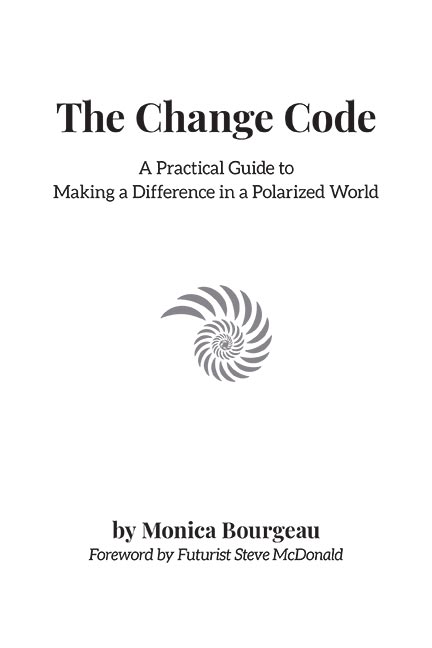
The title page for The Change Code uses the same font from the cover and a nautilus shell used as a decorative element both on the cover and throughout the interior as a section divider.

Seizing Moments of Possibility closely echoes the cover design. It also lists the publishing company name and location under the author name.
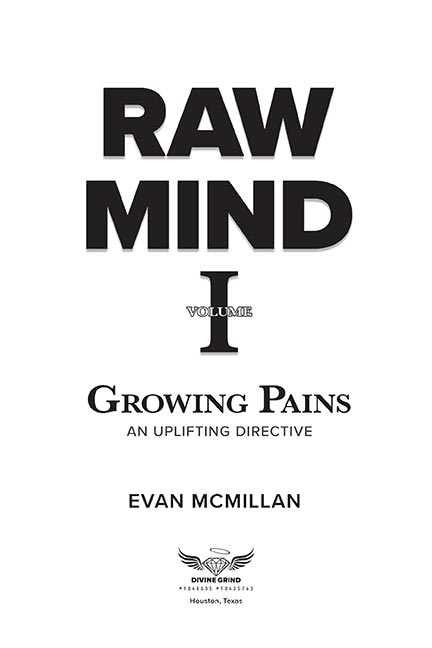
Raw Mind also closely echoes the cover design and shows the publishing company name, logo, and location.
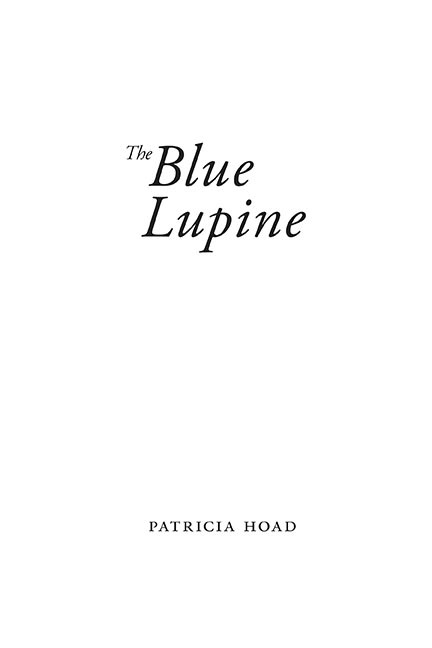
The Blue Lupine, a book of poetry, uses a very simple title page design. The font and arrangement of text echoes the cover.
Help for Independent Presses
Book Design & Production
Have you written a nonfiction or fiction manuscript? After it has been professionally edited, I can design the interior pages and cover, plus guide you through the maze of book publishing and printing. To get started, contact me to discuss your project and my helpful guide for authors.
What goes in the front matter of your book
- by admin
Tips for organizing your front matter.
The Chicago Manual of Style indicates that the order of the front matter should be:
- Book half title
- Series title, other works, frontispiece, or blank
- Title page
- Copyright page
- Dedication
- Epigraph
- Table of Contents
- List of Illustrations
- List of Tables
- Foreword
- Preface
- Acknowledgments (if not part of preface or in the back matter)
- Introduction (if not part of text)
- Abbreviations (if not in the back matter)
- Chronology (if not in the back matter)
Clearly, not all of these elements will be in every book, but this will give you guidance on how to organize the parts that you do have.
Help for Independent Presses
Book Design & Production
Have you written a nonfiction or fiction manuscript? After it has been professionally edited, I can design the interior pages and cover, plus guide you through the maze of book publishing and printing. To get started, contact me to discuss your project and my helpful guide for authors.
Preparing Your Manuscript for the Book Designer
- by admin
Tips for preparing your manuscript
for the book designer.
- Send the final and complete manuscript in Microsoft Word. Including all the front matter, the book block and any back matter. If your chapter has titles, include a table of contents, but don’t add the page numbers. This is one of the last things your designer will do after all of the text is set.
- Organization and consistency is key. Manuscripts that are complex, especially non-fiction can become messy very quickly and, if not organized properly, can make it difficult for your designer to know how to proceed. So make sure that each element, such as chapter titles, section titles, each level of subheads and bullets, quotes, or other similar content is formatted the same throughout.
- Make sure the information hierarchy is clear. For example, with part titles and numbers, chapters titles and numbers, sub-heads, and sub-sections it is important to make sure each of these elements is formatted the same way throughout the manuscript - and each are different from one another. The idea is to make it so the designer can easily spot the distinct parts and format them accurately.
- For example: Format all part titles bold and 24 points, then make all chapter titles bold and 20 pt, so when the designer looks at your Word manuscript, they can easily see that those two items are not the same thing.
- The same would be true for subheads. To indicate which is which, maybe format level one subhead as bold and 14 points, and then perhaps make level two subheads italic and 12 points.
- If you’ve used unusual characters, foreign letters or words or other symbols, point these out to the designer.
Format the manuscript simply
- Use only one font throughout the manuscript. Times New Roman is just fine. It can be used for everything - the chapter titles, subheads, everything. If a complimentary font is desired, this will be communicated before the project starts and the designer will apply it appropriately in their professional layout software.
- Use of bold and italic is perfectly okay. The designer can easily see and retain that formatting.
- Tables should be formatted simply with no extra spaces or tabs in the cells
- If there is a pull quote or a boxed text feature, indicate this in your manuscript by typing [boxed text starts here] before the text that should be boxed, and [boxed text ends here] after that text.
Things to avoid:
- Tabs or multiple spaces to indicate indents.
- Double spaces after periods.
- Hard returns. These are not "real" paragraphs and usually happen on accident when you press shift + enter to force text to drop to the next line. If these exist in your document its hard to tell if you meant to start a new paragraph or you simply wanted a specific word to be on the next line.
- Make sure to hit the enter key once after a paragraph.
- Multiple fonts. Please only use one font for your entire manuscript. Your designer and you will discuss fonts before your project begins.
- Text boxes or Word art. These are available as formatting tools in Microsoft Word, but will not translate well upon import to professional layout software. If you need something special such as boxed text or other special formatting use the method described above to show your designer where it should be placed and speak with them to communicate your intention.
- Microsoft Word is not a great layout tool. As much as you may want to, please don’t try to predesign the pages in book form. This is your designer's job and all your hard work will only have to be stripped out of the manuscript before it can be worked with in professional layout software.
Images:
- Do not place images into your Word Document. Instead include the image name and its caption in your manuscript in the area where the image should appear.
- For example: [imagename.jpeg, caption text]
- Send the high resolution files (minimum 300dpi) in a zip file to your designer separately.
- Name your images with the chapter number and something short that describes what is in the image.
- Make sure you have permission to use any photo that you send. Do not send images that you find in a Google search. These will likely not be high enough resolution and you probably won’t have the necessary permissions to use them in your book.
- If you need stock photos ask your designer for a trustworthy site to find the image you need. The price can range all the way from free to much more expensive, but generally you can find what you need for only a few dollars.
Help for Independent Presses
Book Design & Production
Have you written a nonfiction or fiction manuscript? After it has been professionally edited, I can design the interior pages and cover, plus guide you through the maze of book publishing and printing. To get started, contact me to discuss your project and my helpful guide for authors.
IngramSpark’s Book Returns Explained
- by admin
- No or Non-Returnable: IngramSpark will not accept returns from booksellers.
- Cost to you: none.
- IngramSpark will not accept returns from booksellers.
- Yes – Deliver: Your titles will be sold on a returnable basis. If the book is returned it will be shipped back to you. (This return option is only available for books sold in the United States or Canada).
- Cost to you: Wholesale cost of the book + $2.00 per book shipping and handling charge (when returning to a US address) or $20.00 per book shipping and handling charge (when returning to a non-US/international address) Be careful with this option as the costs can potentially add up quickly.
- Book returns will be deducted from your publisher’s compensation for sales in the month that the return is shipped to the publisher.
- Yes – Destroy: Your titles will be sold on a returnable basis. If the book is returned they will be shipped back to IngramSpark and destroyed.
- Cost to you: Wholesale cost of the book. No shipping & handling. This is the preferred choice of many authors.
- Book returns will be deducted from your publisher’s compensation for sales in the month that the returns are received from the retailer.
IngramSpark's helpful website.
Help for Independent Presses
Book Design & Production
Have you written a nonfiction or fiction manuscript? After it has been professionally edited, I can design the interior pages and cover, plus guide you through the maze of book publishing and printing. To get started, contact me to discuss your project and my helpful guide for authors.

